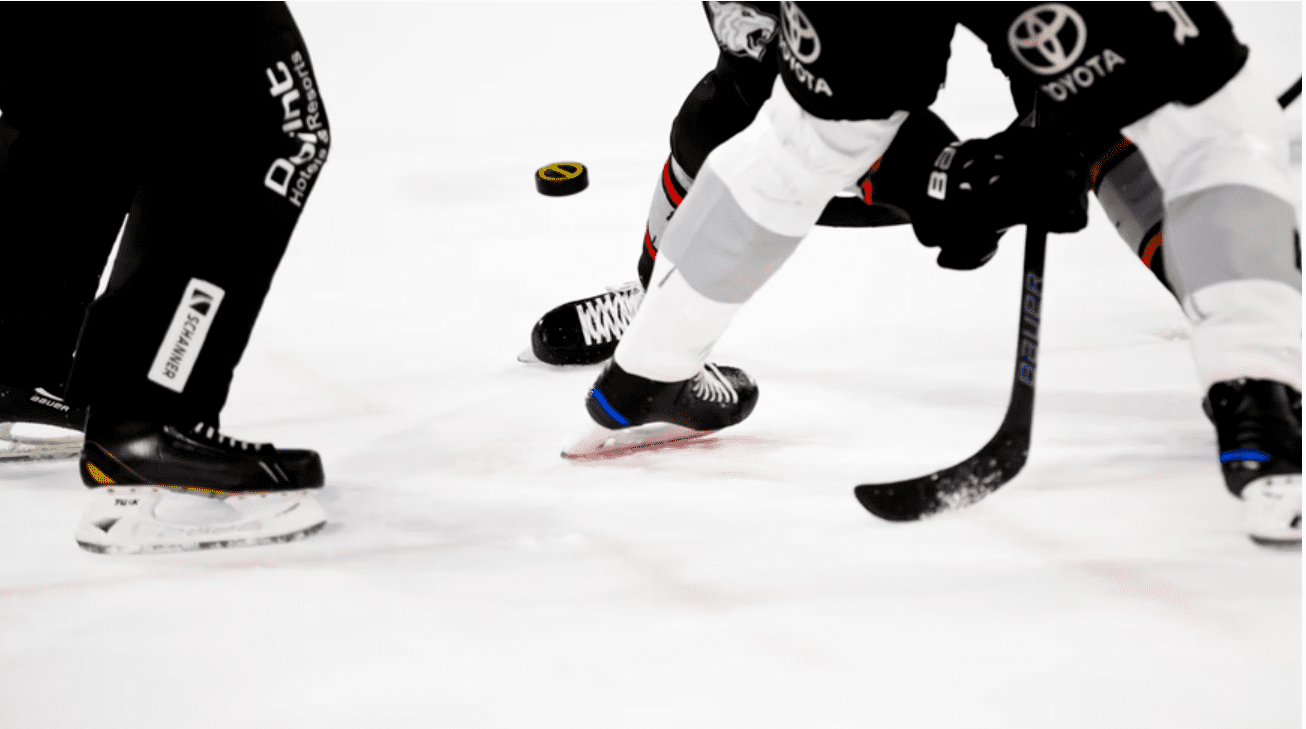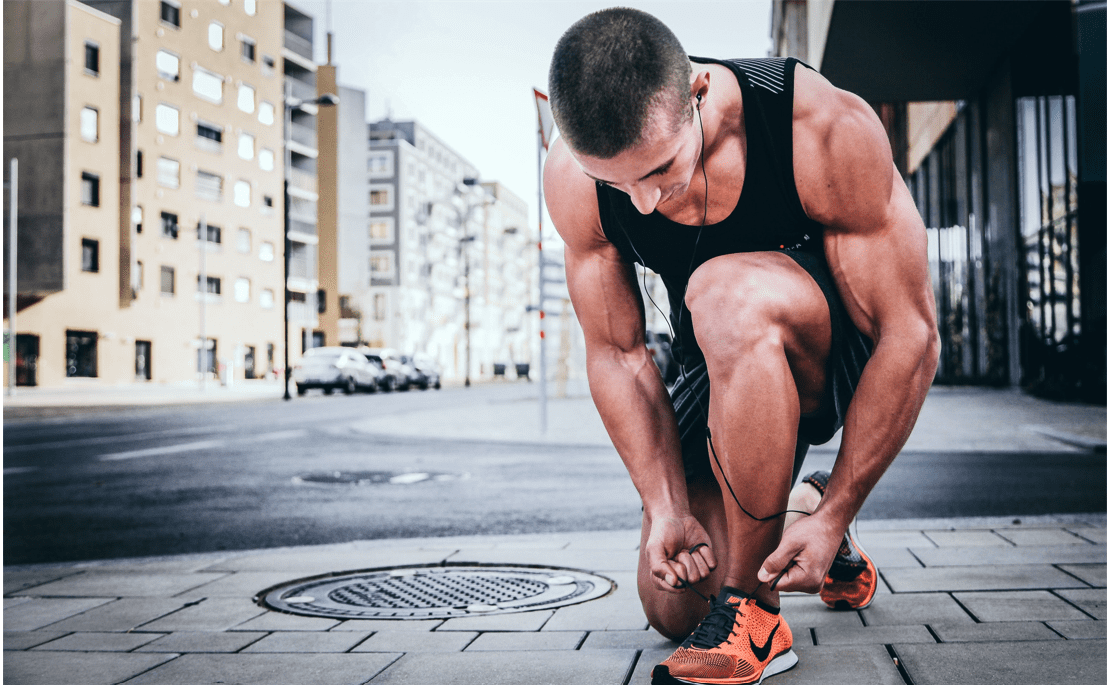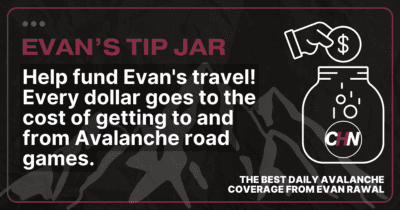Hockey fitness
How To Train Like a Professional Hockey Player

We all know the importance of physical fitness to good health and general well-being. Study after study has proven that being fit can extend life expectancy and improve quality of life. If you’re an aspiring athlete, you’ve likely searched for ways to ensure you’re in the best condition possible. Most of us haven’t played hockey since elementary school, but that doesn’t mean we can’t train like a pro. After all, becoming a professional athlete requires the right mix of training, talent, and dedication.
While most of us will never reach the NHL, we can maximize our workout routines to stay in shape. Exercise is an excellent way to spend your free time, but sometimes you’ll want to take a break. Many hockey fans play fantasy sports when they’re not watching the Colorado Avalanche take on opponents. Betting and fantasy sports go hand in hand; fantasy sports betting allows fans to compete each other based on their team’s performance. Before you get started building your fantasy team, let’s take a look at how to train like a professional hockey player.
Balance Training
Hockey has many positive benefits, and a balanced training plan is important to take advantage of them. Most amateur athletes and everyday people putting together a fitness routine overlook balance training, one of the most important markers of physical fitness.
Balance training gives you body awareness and trains you to know where your limbs are oriented in space, decreasing the likelihood of injury. Furthermore, since balance training requires using your entire body in unison, it improves your coordination. It also promotes joint stability, which promotes stable knees, ankles, hips, and shoulders. Our balance deteriorates as we age, so for our long-term health, it’s something we should emphasize in our fitness routine.
Great balance will benefit you in any sport you play, especially hockey, where balancing on skates is a critical aspect of the sport.
Strength Training
Hockey players know the impotence of a full-body workout because the sport demands full-body strength. A rookie mistake many make when they start a workout program is focusing on one body part to the detriment of others. Most guys love the idea of training their chest or working out their biceps, but the best hockey players train every muscle group. If you overtrain one body group while neglecting others, you put yourself at risk of injury. Plus, it results in an unbalanced body. You’ve probably seen guys in the gym with massive bodies and tiny legs, try not to be that person, instead focus on these exercises:
- Bench Press and overhead press
- Squats
- Chin-ups and push-ups
- Deadlifts
Focus on these exercises as the core of your workout, and you’ll see results.
High-Intensity Interval Training (HIIT)

Hockey requires explosive speed, and interval training is an excellent way to improve your explosiveness on or off the ice. The only equipment you need for HIIT training is your body. Wind sprints are one of the best types of HIIT training to increase explosiveness. All you have to do is find an open area at your local track, park, or even your backyard.
From there, you’ll engage in intermittent sprinting, running as fast as you can for a short interval (about 20 seconds), then resting (30-45 seconds), repeating the routine for about six sets. Wind sprints are an excellent conditioning workout and will build muscle memory in your legs, and this training will come in handy the next time you have to chase down a puck.
Rest and Recovery
If you’re like most people, you want to make gains as quickly as possible, and there’s nothing wrong with that. However, as you embark on your fitness journey, be sure to take time out to allow your body to recover. Recovery is essential to improving your physical fitness because your body gets strong when it’s at rest. So, go ahead and take one or two recovery days a week and be sure you’re fueling your body with nutrient-rich foods.












